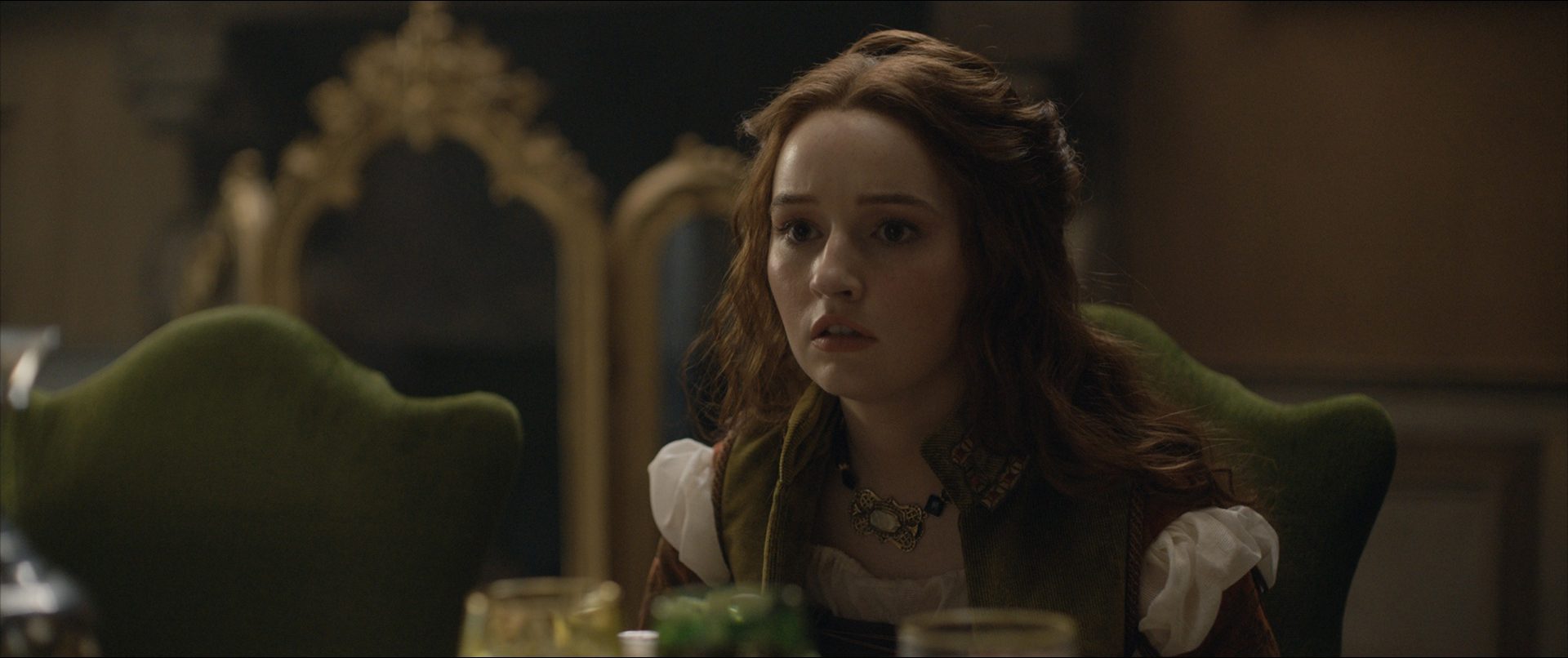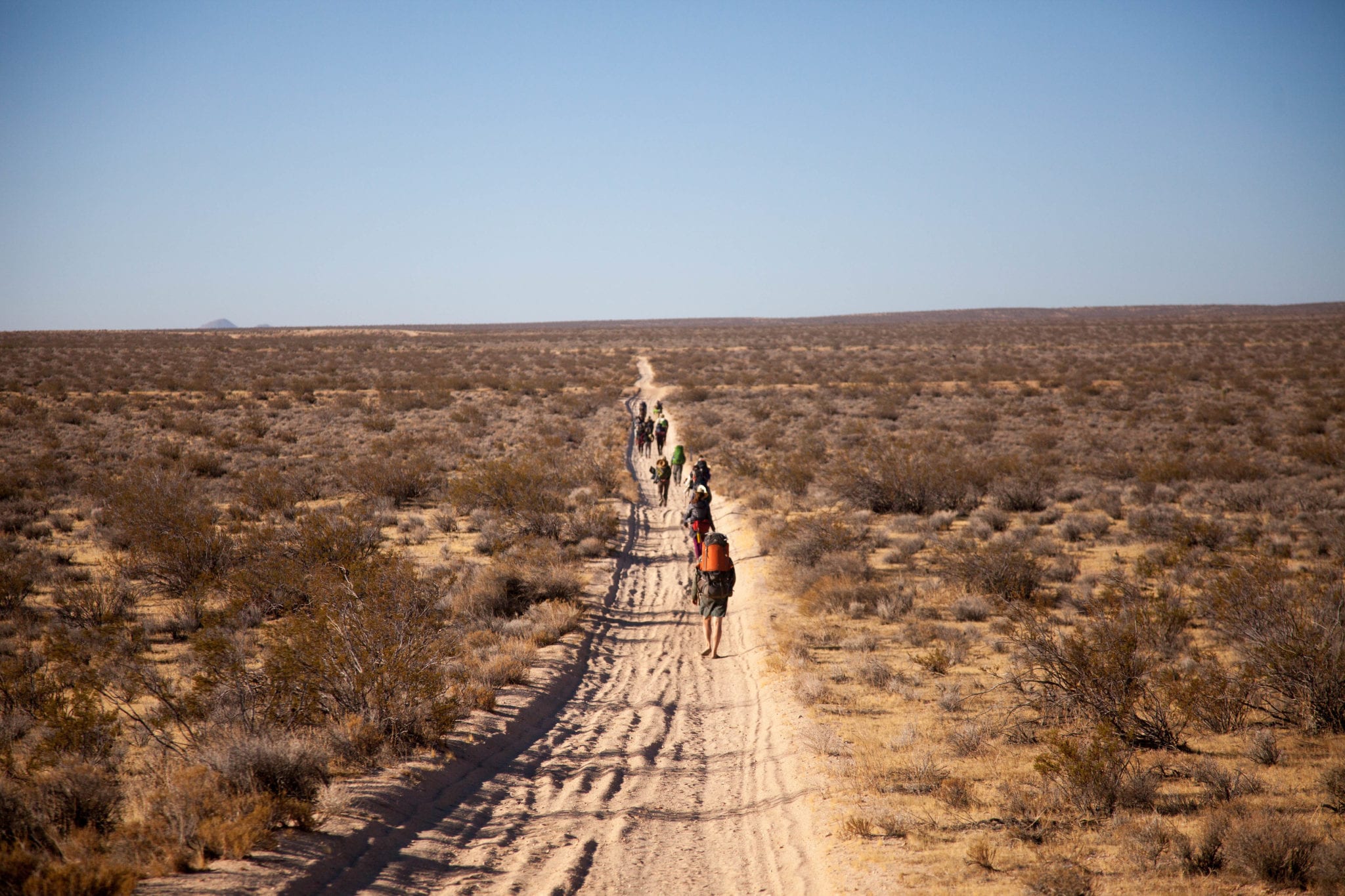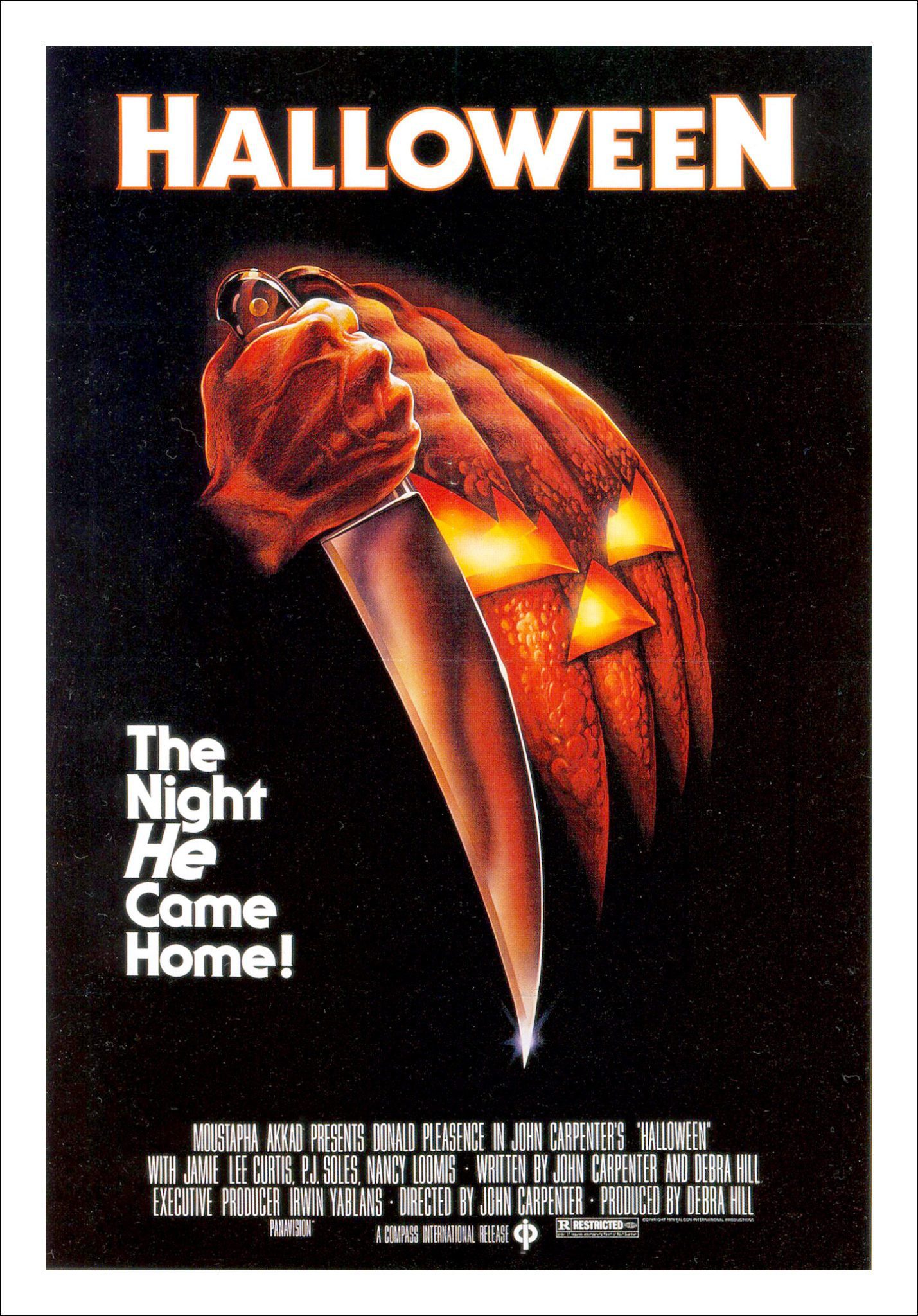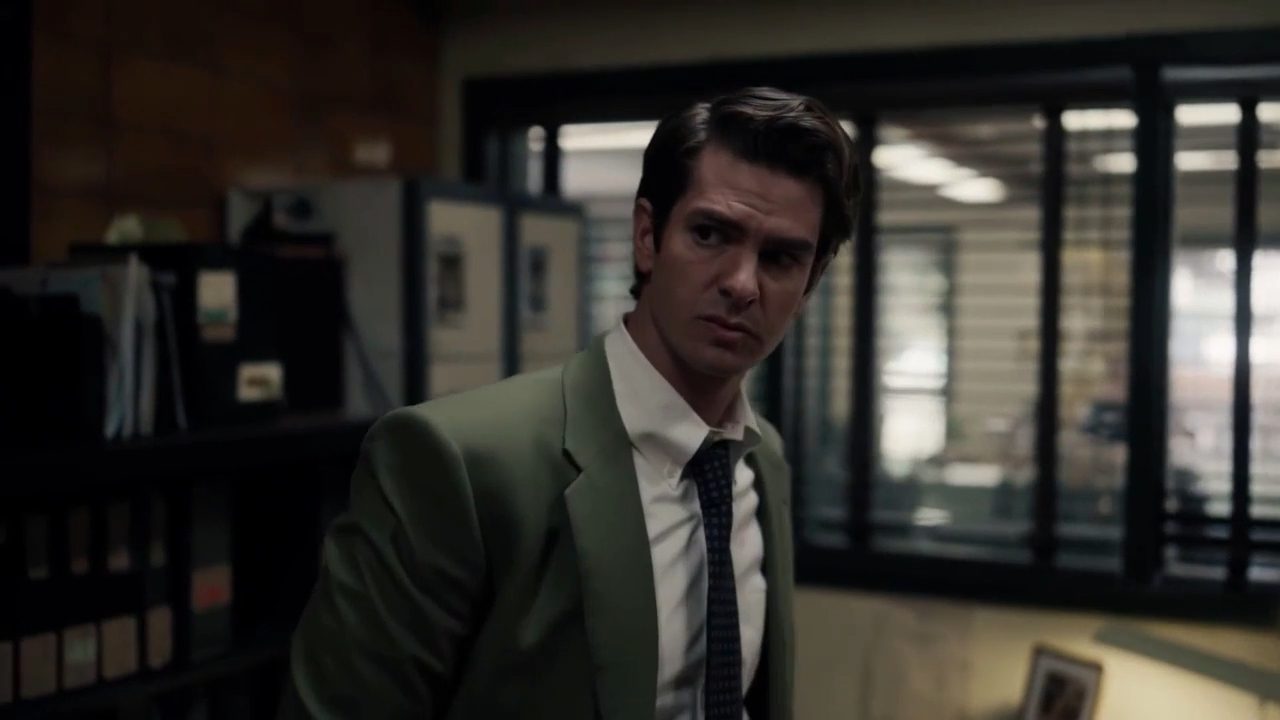
In 1984, some of Godzilla?s cells are discovered in the wreckage of Tokyo and stolen by terrorist SSS9 (Manjot Bedi) from the Middle Eastern nation of Saradia.??With the help of Dr. Genichiro Shiragami (K?ji Takahashi), the Saradian government tries to develop desert-hardy crops, but Dr. Shiragami?s lab is destroyed in a terrorist attack, killing his daugter, Erika (Yasuko Sawaguchi).
Five years later, Dr. Shiragami has returned to Japan. In an attempt to keep Erika alive, he has put her DNA into a rose. The Japanese government requests Dr. Shiragami?s help to use Godzilla DNA to develop Anti-Nuclear Energy Bacteria (ANEB), bacteria which can consume radioactive material. Dr. Shiragami does so, but also puts Godzilla?s DNA into the rose containing Erika?s DNA to try to make her immortal. The end result, however, is a giant though peaceful rose-like monster growing in Lake Ashino, which Dr. Shiragami names Biollante.
American company Bio-Major plants explosives on Mount Mihara and threatens to release Godzilla if the Japanese government doesn?t hand over the ANEB. During the handover, SSS9 kills the Bio-Major operative and steals the ANEB, resulting in Godzilla being released from Mount Mihara.
The JSDF sends the Super X2 to battle Godzilla at sea, but Godzilla badly damages the craft. Godzilla lands in Japan and heads straight to Biollante. The two engage in a short battle in which Biollante is struck by Godzilla?s atomic breath and dissolves into spores that float away.
The Japanese government manages to track down and retrieve the ANEB. The JSDF infects Godzilla with the ANEB in Osaka, but sacrifice the Super X2 in the process. Despite that, Godzilla shows no symptoms of infection, even after several hours. It is thought maybe Godzilla?s body temperature is too low for the bacteria to work effectively, so the military launches an attack on the monster to raise his temperature.
Suddenly spores descend from the sky and Biollante appears, more hideous and mutated than before. The two monsters battle, but Godzilla soon has to back out due to the effects of the ANEB. Godzilla collapses into the sea, and Biollante dissolves into spores again, releasing Erika?s trapped soul. SSS9 fatally shoots Dr. Shiragami, but is also killed as he tries to escape. The cold water of the ocean cools Godzilla, who regains his strength, and the monster swims out to sea.

On January 7, 1989, Emperor Hirohito passed away, bringing the Showa era of Japanese history to an end. His son, Akihito, acceded to the Chrysanthemum Throne, launching the Heisei era on January 8, 1989. Though The Return of Godzilla (1984) is often considered the first film in the Heisei Godzilla series due to its tight connection with the rest of the films in that continuity, Godzilla vs. Biollante is actually the first Godzilla film released in the Heisei era, hitting Japanese theatres on December 16, 1989.
Kazuki Omori was chosen to direct Godzilla vs. Biollante and Koichi Kawakita took over as special effects director. Omori would have a hand in directing and/or writing several of the Heisei Godzilla series films, and Kawakita would remain as special effects director on every one of them going forward, as well as Rebirth of Mothra (1996) and Rebirth of Mothra II (1997).
Actress Megumi Odaka also joined the Godzilla series for the first time with Godzilla vs Biollante, playing the role of psychic Miki Saegusa. Miki Saegusa is able to use her psychic powers to detect and even communicate with the monsters, allowing for greater interaction between the human characters and their giant co-stars. Megumi Odaka would reprise the role in every subsequent film in the Heisei Godzilla series.
Godzilla was given a makeover, with a more mammalian face and two rows of teeth instead of just one. Though it would be slightly tweaked over the next few years, Toho would not stray far from this design until Godzilla 2000: Millennium (1999). Inside the Godzilla suit was Kenpachiro Satsuma, who had played Godzilla in the previous movie, and he would portray Godzilla for the rest of the Heisei series.
Like Terror of Mechagodzilla (1975) before it, Godzilla vs. Biollante?s story is the result of a contest held by Toho. The winner was Shinichiro Kobayashi, a dentist and screenwriter, and though many of his ideas made it into the final film, Omori heavily revised the initial story submitted by Kobayashi before filming began.
Thematically, Godzilla vs. Biollante addresses fears around the expanding capabilities of biotechnology. During the 1980s, it was clear biotechnology was rapidly developing and offered the power to alter, design, or clone living things. While there was optimism about the potential future uses of biotechnology, there was also a lot of anxiety. This anxiety is where Godzilla vs. Biollante focuses most of its attention, with Biollante being the unintended result of fusing the DNA of Erika, a rose, and Godzilla.

The Anti-Nuclear Energy Bacteria is another way concerns about biotechnology are addressed in the film. At one point in the movie, a character suggests such a bacteria could make nuclear weapons less dangerous and change the world order should it fall into the wrong hands. The message of the movie seems to be that our use of biotechnology could have negative unintended consequences, a message echoed in Michael Crichton?s novel Jurassic Park, which was released the year after Godzilla vs. Biollante and adapted to film by Steven Spielberg in 1993.
Toho had Godzilla vs. Biollante dubbed into English in Hong Kong. Miramax aquired the North American distribution rights and the film was released on VHS in 1992. This release was Toho?s English dubbed international version, in widescreen and completely uncut with the on-screen titles changed to English. The film was also later released on Laser Disc.
As the VHS era came to a close, Godzilla vs. Biollante disappeared from store shelves in North America. In 2012, Miramax finally released the film on DVD and Blu-ray in North America for the first time through Echo Bridge Home Entertainment. In 2014, Miramax again released the film on DVD and Blu-ray through Lionsgate. All North American Godzilla vs. Biollante releases are currently out of print.




